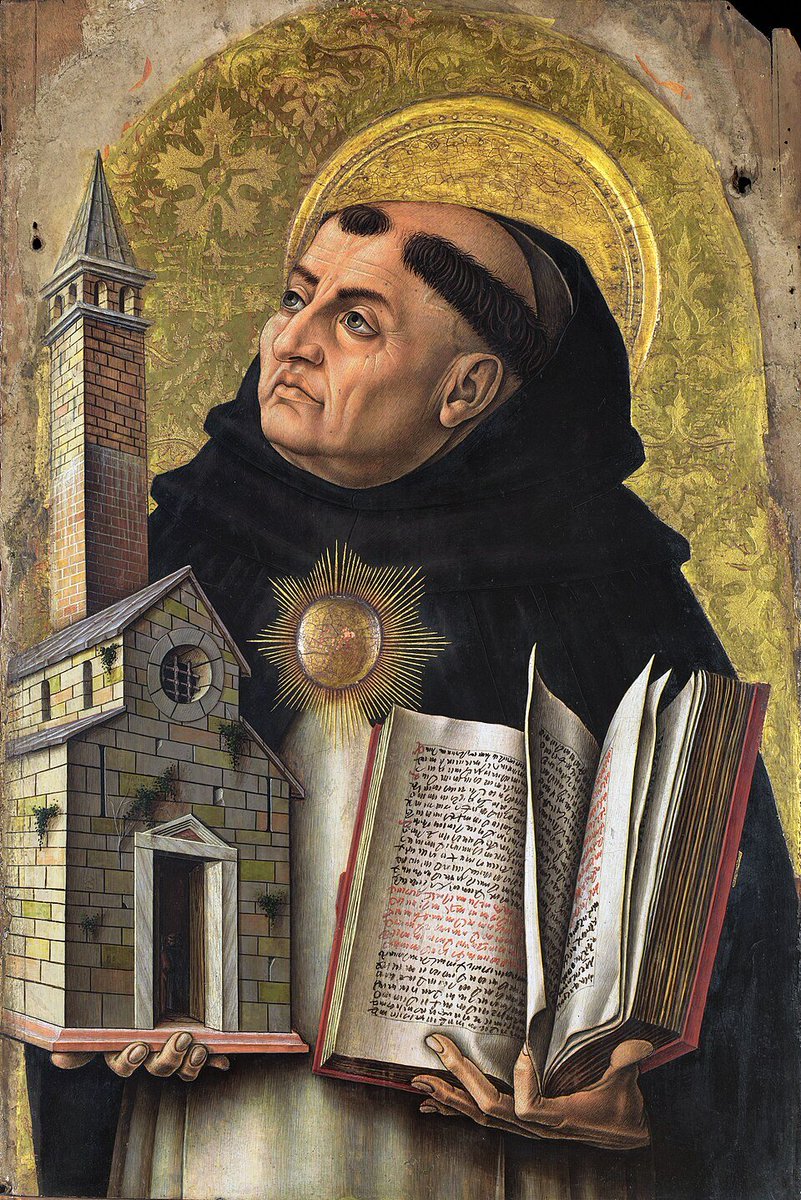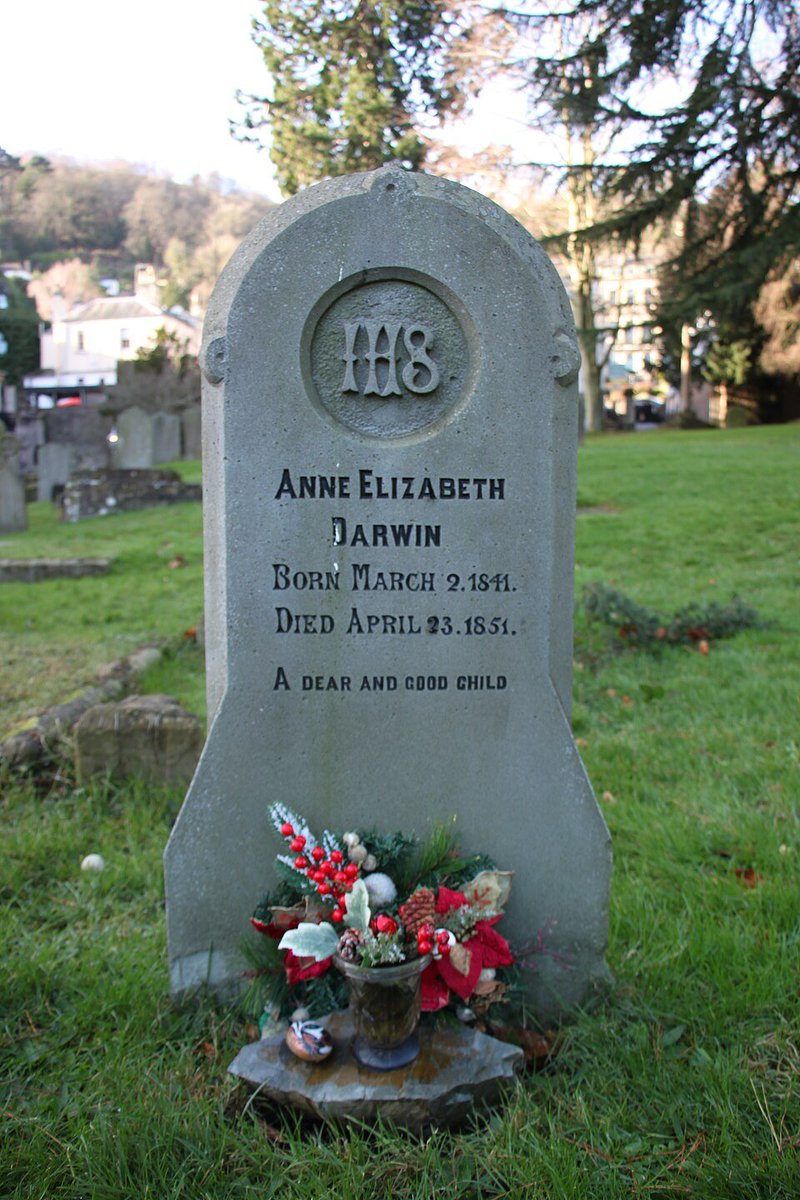Baroque art masterfully manipulates emotions with its grandiose swirls of drama, light, and shadow.
It stands as the original immersive experience in visual storytelling, predating modern-day cinema.
Let's take a look at the artists and their masterpieces from this era. 🧵⤵️
It stands as the original immersive experience in visual storytelling, predating modern-day cinema.
Let's take a look at the artists and their masterpieces from this era. 🧵⤵️

Gian Lorenzo Bernini
An Italian sculptor and architect, Bernini's work is synonymous with the Baroque architecture of Rome, where his dynamic sculptures and grandiose designs define much of the city's appearance.
An Italian sculptor and architect, Bernini's work is synonymous with the Baroque architecture of Rome, where his dynamic sculptures and grandiose designs define much of the city's appearance.

Caravaggio (Michelangelo Merisi)
Known for his revolutionary use of chiaroscuro and incredibly realistic human figures, Caravaggio brought emotional depth and dramatic lighting to his paintings.
Known for his revolutionary use of chiaroscuro and incredibly realistic human figures, Caravaggio brought emotional depth and dramatic lighting to his paintings.

Peter Paul Rubens
A prolific Flemish artist, Rubens is famous for his vibrant, dynamic compositions and depictions of mythological and religious subjects filled with movement.
A prolific Flemish artist, Rubens is famous for his vibrant, dynamic compositions and depictions of mythological and religious subjects filled with movement.

Rembrandt van Rijn
A master of the Dutch Golden Age, Rembrandt is renowned for his portraits, landscapes, and scenes from literature and the Bible, showcasing deep psychological insight and innovative use of light.
A master of the Dutch Golden Age, Rembrandt is renowned for his portraits, landscapes, and scenes from literature and the Bible, showcasing deep psychological insight and innovative use of light.

Diego Velázquez
A leading artist of the Spanish Golden Age, Velázquez served as the court painter to King Philip IV and is best known for his proficient and nuanced portrayals of European royalty.
A leading artist of the Spanish Golden Age, Velázquez served as the court painter to King Philip IV and is best known for his proficient and nuanced portrayals of European royalty.

Johannes Vermeer
Although less prolific, Vermeer’s works like "Girl with a Pearl Earring" are revered for their serene beauty and meticulous attention to light and color.
Although less prolific, Vermeer’s works like "Girl with a Pearl Earring" are revered for their serene beauty and meticulous attention to light and color.

Frans Hals
Known for his lively and loose technique, Hals was a Dutch Golden Age painter who excelled in portraits that vividly expressed the personality of the subjects.
Known for his lively and loose technique, Hals was a Dutch Golden Age painter who excelled in portraits that vividly expressed the personality of the subjects.

Artemisia Gentileschi
A groundbreaking female painter of the era, Gentileschi is celebrated for her powerful depictions of biblical and mythical female figures, often portraying them as strong and resilient characters.
A groundbreaking female painter of the era, Gentileschi is celebrated for her powerful depictions of biblical and mythical female figures, often portraying them as strong and resilient characters.

Annibale Carracci
A key figure in the development of Baroque painting, Carracci co-founded the Accademia degli Incamminati in Bologna, fostering a style that blended naturalism with the formal ideals of the Renaissance.
A key figure in the development of Baroque painting, Carracci co-founded the Accademia degli Incamminati in Bologna, fostering a style that blended naturalism with the formal ideals of the Renaissance.

Nicolas Poussin
A French painter who spent most of his working life in Rome, Poussin is known for his classical approach to Baroque art, emphasizing order and clarity in his historical and mythological scenes.
A French painter who spent most of his working life in Rome, Poussin is known for his classical approach to Baroque art, emphasizing order and clarity in his historical and mythological scenes.

Claude Lorrain
Renowned for his landscape paintings, Claude’s works are characterized by their serene representations of nature and classical ruins, often bathed in a soft, ethereal light.
Renowned for his landscape paintings, Claude’s works are characterized by their serene representations of nature and classical ruins, often bathed in a soft, ethereal light.

Anthony van Dyck
A student of Rubens, van Dyck became a leading court painter in England and is famous for his elegant and sophisticated portraits of royalty.
A student of Rubens, van Dyck became a leading court painter in England and is famous for his elegant and sophisticated portraits of royalty.

Georges de La Tour
Although his work was largely forgotten until the 20th century, La Tour is admired for his nighttime scenes illuminated by candlelight, creating a quiet, introspective atmosphere.
Although his work was largely forgotten until the 20th century, La Tour is admired for his nighttime scenes illuminated by candlelight, creating a quiet, introspective atmosphere.

Giovanni Battista Tiepolo
Known for his vibrant frescoes and grandiose decorative paintings, Tiepolo's work embodied the ornate grandeur of the late Baroque and Rococo periods.
Known for his vibrant frescoes and grandiose decorative paintings, Tiepolo's work embodied the ornate grandeur of the late Baroque and Rococo periods.

Alessandro Algardi
A contemporary of Bernini, Algardi was another prominent Baroque sculptor, known for his bas-reliefs and statues in a slightly more restrained style than Bernini’s dramatic creations.
A contemporary of Bernini, Algardi was another prominent Baroque sculptor, known for his bas-reliefs and statues in a slightly more restrained style than Bernini’s dramatic creations.

• • •
Missing some Tweet in this thread? You can try to
force a refresh






















